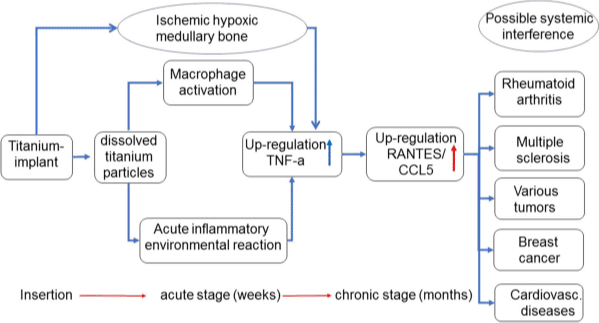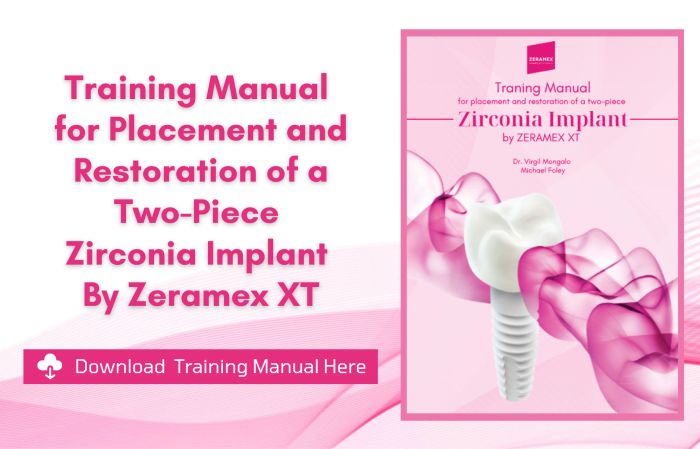Ischaemic hypoxic medullary bone occurs when there is a disruption in the vascular supply of that bone tissue. Such disruption can occur when a thrombus (clot) is formed and does not subsequently break down (fibrinolysis).
Individuals who are more susceptible to increased clot formation (thrombophilia) and/or a reduced ability to break down such clot (hypofibrinolysis) are at risk of such bone ischaemic events.
Bone ischaemic events lead to gradual damage ranging in severity from mild (bone marrow oedema), to bone marrow degeneration (fibrosis, adipocytes apoptosis ect…) such as fatty degeneration and eventually to osteonecrosis (bone cell dealth).

